The weight of perfecting a B2B SaaS GTM strategy can feel as colossal as shaping a diamond from raw carbon – both involve a rigorous process of pressure, refinement, and polishing. This weight intensified as we brought our 2024 GTM strategy to life. Many trials, errors, and lessons later, we have emerged with a strategy as brilliantly multifaceted as the toughest gem.
Our journey wasn’t without hurdles. We stumbled upon pitfalls, celebrated victories, and collected invaluable insights that now serve as guiding principles for our moves ahead. In the spirit of transparency and knowledge sharing, we’re pulling back the curtain on our SaaS GTM strategy. On this expedition, you’ll encounter the dragons we slayed and the treasures we discovered in our twin quests for growth and customer success.
So, join us as we dissect our B2B SaaS GTM strategy’s anatomy for 2024, sharing the honest revelations from our expedition, the good, the bad, and the eye-opening. After all, a journey’s best part is not the destination, but lessons learned along the road.
1. Crafting a Future-Proof B2B SaaS GTM Strategy for 2024
- Comprehend the changing trends in the SaaS market.
- Uncover vital elements of a successful B2B SaaS go-to-market strategy.
- Discover how to modify your GTM plan according to your target audience.
Understand the evolving SaaS landscape
The world of software as a service (SaaS) is changing at a breakneck speed. As technological advances and transformation become a norm, it’s necessary to stay updated with these alterations.
An understanding of these changes in the SaaS sector can aid in future-proofing your SaaS GTM strategy. Some of the trends include:
- Evolving business models
- Shifts in customer demands
- Increased industry competition
Identifying pertinent elements of an effective SaaS GTM strategy is crucial for its success in 2024 and beyond. This could involve:
- Contoured understanding of your target market
- A well-structured product pricing and packaging model
- Aligning your marketing and sales efforts to yield optimal results
The rotating wheel of a triumphant go-to-market strategy is deeply connected to demonstrating the value of your SaaS solution to potential clients. Go back to the basics. Define what sets your application apart.
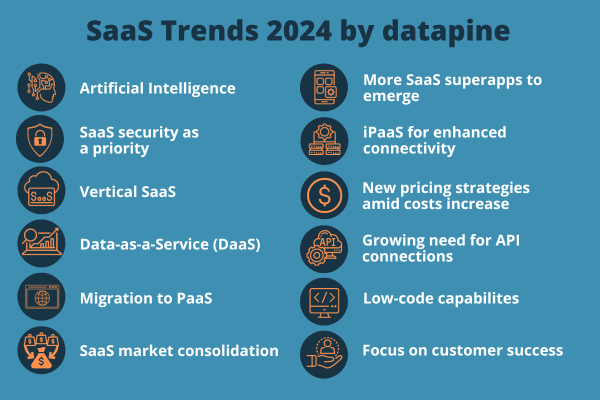
Tailoring your GTM strategy to your target audience
Last but not least, modifying your GTM strategy to suit your target audience is of utmost importance. Understanding the following can go a long way in retaining customer loyalty and fostering business growth:
- Their pain points
- Technical competence
- How your solution can cater to their needs
- Understanding
Your SaaS solution should not only echo your business vision, but it should also resonate with your customer’s aspirations. Remember, one size doesn’t fit all. What works for one audience segment might not work for another, and hence your GTM plan needs to be as flexible as putty.
In the constantly mutating world of B2B SaaS, laying down a resilient GTM strategy can feel like trying to hit a moving target. Remember this – it’s all about knowing your audience, your market and creating value that aligns with them. Moving forward, let’s look into unifying revenue streams, a topic we shall explore without derail.

2. Unifying revenue streams: The key to GTM success in 2024
- Revenue unification paves the way for greater business efficiency and agility in a B2B SaaS model
- Implementing proven strategies is the first stage of achieving successful revenue unification
- Real-world application – a case study of revenue unification in action
The Importance of Revenue Unification in B2B SaaS
Financial health is of utmost importance in any industry, and more so in the fast-paced world of B2B SaaS. Revenue unification is the process of bringing different revenue streams under one roof to provide a clearer picture of the business’s financial health and sales team.
In effect, you’re aligning your various resources – including tools, personnel, channels – to perform in harmony, to maximize customer value and the business profitability. Consolidating revenue streams not only simplifies financial tracking but also enhances the agility of a B2B company and its sales strategy.
You have the opportunity to identify any weak links, promptly correct them, or capitalise on any strengths in real-time. Imagine a symphony – every instrument plays its part, but for the orchestra to create harmonious music, it needs a conductor to unify the different sounds. That’s what revenue unification does for your B2B SaaS company – it’s playing the role of the conductor.

Strategies for Successful Revenue Unification
When it comes to unifying revenue streams, there are several proven strategies that can be implemented. First and foremost, you need to have a clear understanding of your various revenue streams. This means having accurate and real-time visibility into your revenue data, collected across all departments and channels.
Integrate these streams using SaaS platforms that offer unified billing, where every revenue source is viewable and manageable in one place. This lessens the complexity of handling multiple data sources and gives a more accurate view of the financial status of your business.
Automation is the next significant step. Automating your revenue reconciliation processes allows for more accurate tracking and less time wasted on manual data reconciliation. Lastly, embrace transparency – make sure that all departments are aware and understand the unified revenue figures. This ensures everyone is on the same page, working towards a unified goal.
Case Study: Successful Revenue Unification in Action
Businesses that implement revenue unification strategies successfully, often see remarkable results. Let’s put this theory into practice with a case study.
Consider Acme – a mid-market SaaS provider that was struggling with disjointed revenue streams. It recognised the need for revenue unification and decided to bring all revenue channels together into one platform.
A combination of unified billing and automated revenue reconciliation allowed Acme to have a more precise view of their financial status. They noticed increased efficiency as manual tasks reduced, and more strategic and informed business decisions could be made. This led to effective resource allocation, improving customer satisfaction and ultimately, augmenting their revenue growth.
This case study demonstrates the clear benefits of revenue unification and exemplifies why it is one of the key contributors to a successful B2B SaaS GTM strategy in 2024.

3. Growth Marketing: The Secret Weapon of B2B SaaS GTM
TL;DR:
- Growth marketing plays a crucial role in the success of B2B SaaS GTM by extending marketing’s focus beyond acquisition to the full customer life cycle.
- Implementing growth marketing strategies in your GTM plan can provide a significant competitive advantage.
- Case studies from Blue Apron and Slack show how growth marketing can help SaaS businesses grow rapidly.
The role of growth marketing in B2B SaaS GTM
You’re likely familiar with the concept of growth marketing - a discipline that focuses on optimizing each stage of the customer journey - and it’s a critical instrument for successful B2B SaaS GTM plans.
Traditionally, marketing may have placed heavy emphasis on customer acquisition. Growth marketing expands this focus to consider the entire customer life cycle. From acquisition to retention, growth marketing drives successful customer engagement by understanding their needs, behaviors and what triggers them to convert or, unfortunately, churn.
Where many businesses falter, however, is in failing to recognize that implementing growth marketing is not simply a case of ‘flipping a switch’. It demands an ongoing commitment and alignment between marketing, sales, product development, and customer success.

Implementing growth marketing strategies in your GTM plan
Implementing growth marketing strategies within your B2B SaaS GTM plan is an inevitability, not an option, if you aim to thrive in an increasingly competitive market. So, what are the key considerations when implementing a growth marketing strategy?
A noteworthy approach is to break down the customer journey into different stages, and strategize for each stage individually. From there, create a mix of strategies encompassing:
- Content marketing
- SEO
- Email automation
- Social media
- Conversion rate optimization
Not forgetting a rigorous focus on customer needs and leveraging data to inform decisions.
Another key, often underestimated, aspect of a growth marketing strategy in your GTM plan is experimentation. The freedom to try out different marketing tactics, analyze them, and iterate provides an opportunity not just for growth, but for innovation.
Case study: Growth marketing success stories
To appreciate how integrating growth marketing into your GTG strategy can deliver results, consider the case of Blue Apron:
Established in 2011, Blue Apron failed to hit the expected customer growth until 2016. The secret? A bold growth marketing approach that combined influencers, a diverse range of offline and online marketing channels, as well as a relatively new medium: podcasts. The result was a 500% growth over a year which underpins the power of growth marketing!
Then there’s Slack, virtually unheard of in 2013 but now a household name among professionals and businesses. With a powerful combination of word-of-mouth marketing, a product that users love, and strategic growth marketing, they have enjoyed meteoric growth.
These examples underscore that in the world of B2B SaaS GTM, growth marketing is not just a buzzword but rather a secret weapon. They also reinforce a key lesson: successful growth marketing is best viewed as a continual process, one that demands strategic implementation, ongoing commitment, and an ever-watchful eye on the market and your customers. No quick wins, but the outcomes are profoundly rewarding.
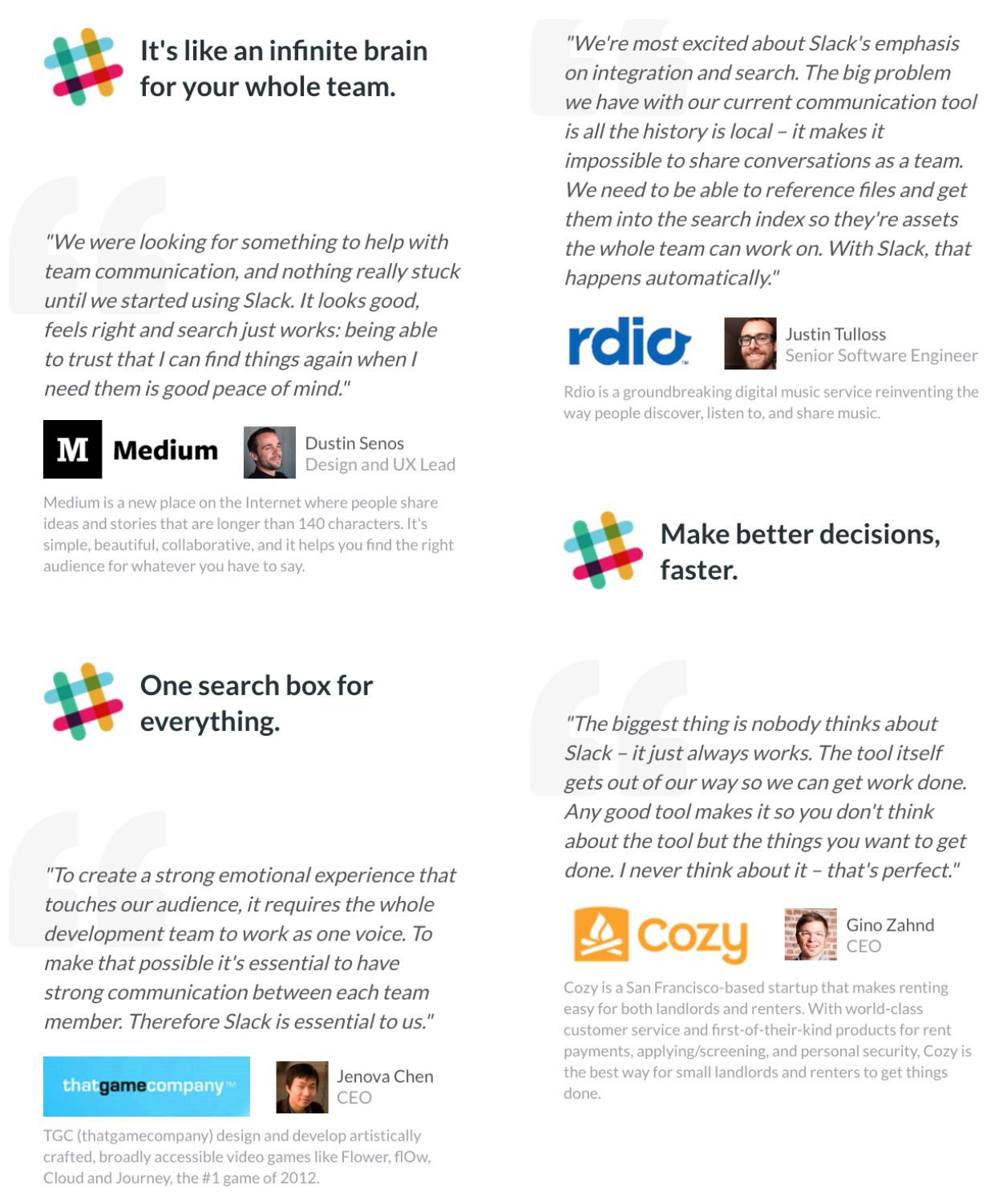
4. Designing Efficient B2B SaaS Organizations for Optimal GTM
- The richness of organizational efficiency in fostering Go-To-Market (GTM) success
- Steps to curate an efficient B2B SaaS organization for a booming GTM strategy
- How efficiency morphs into GTM triumphs, the case study way.
TL;DR
- Organizational efficiency can make or break your GTM success
- Building an efficient B2B SaaS organization involves strategic planning, process optimization, and consistent performance reviews
- Evidence of efficiency in GTM success from real-life examples.
The Link between Organizational Efficiency and GTM success
Organizational efficiency acts as the foundation for any successful GTM strategy. Chiseled processes, aligned team activities, and coherent communication can skyrocket productivity, fueling your GTM initiatives.
An efficient organization is the driving force, pushing ahead on-time delivery, customer satisfaction, and growth-key indicators of GTM success.
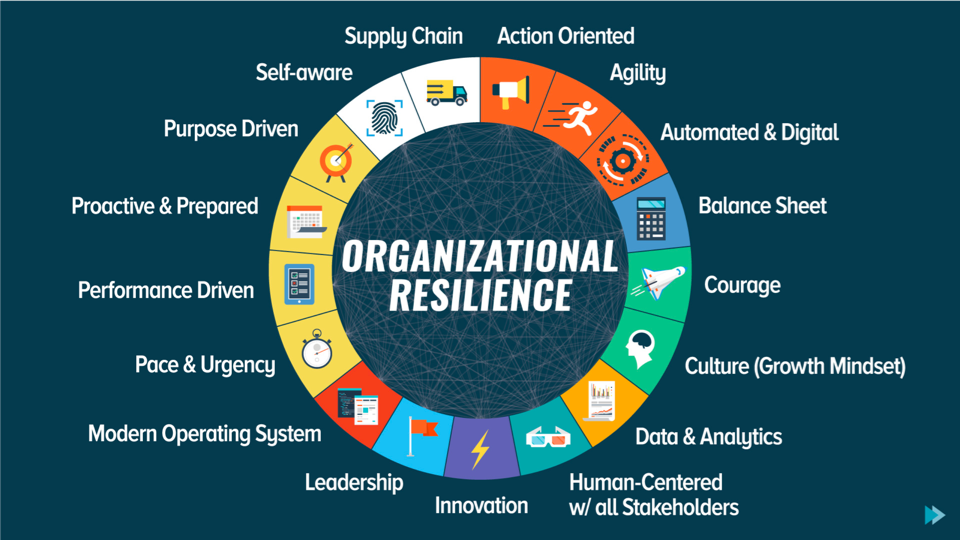
3 Steps to Design an Efficient B2B SaaS Organization
- Strategic Planning: Lighting the path forward, strategic planning is the first step towards building an efficient organization. Stringent goal setting, establishing key performance metrics, and defining processes boils down to an operational plan that can enhance efficiency.
- Process Optimization: Identify bottlenecks in your current process and find ways to mitigate them. Implementing tools that aid in automation, collaboration, and management can eliminate redundancies, thereby boosting overall efficiency.
- Consistent Performance Reviews: Monitor progress, suggest improvements, and keep a finger on the pulse of organizational performance. Regular reviews help to keep the organization in sync with strategic goals and ensure the sustenance of efficiency.
Exploring New Growth Strategies for B2B SaaS in 2024
- Shifting market dynamics demand innovative growth strategies for SaaS businesses.
- 2024 promises new growth strategies B2B SaaS companies can leverage.
- The potency of these strategies comes alive in practical case studies.
The Need for Innovative Growth Strategies in the Evolving SaaS Market
The burgeoning SaaS market isn’t parked in a static space. Its volatile nature calls for constant adaptation. In this light, sticking to age-old strategies and platitudes won’t cut it. The secret recipe for success in this market is innovation.
The ubiquitous transition towards digitization fosters an AI-driven ecosystem that continues to push the boundaries of traditional SaaS models. Hence, without a relentless dedication to innovation, it becomes almost impossible to stay ahead of competition. The urgent need for creative growth strategies is not a luxury but a prime necessity to survive and flourish in the mutable SaaS market scene.
The era of digital transformation has paved the way for SaaS companies to cater to a vast array of niche sectors. This expansion, coupled with escalating customer demands, continually shapes and redefines the market landscape. Consequently, designing inventive growth strategies becomes a catalyst for concrete business success.
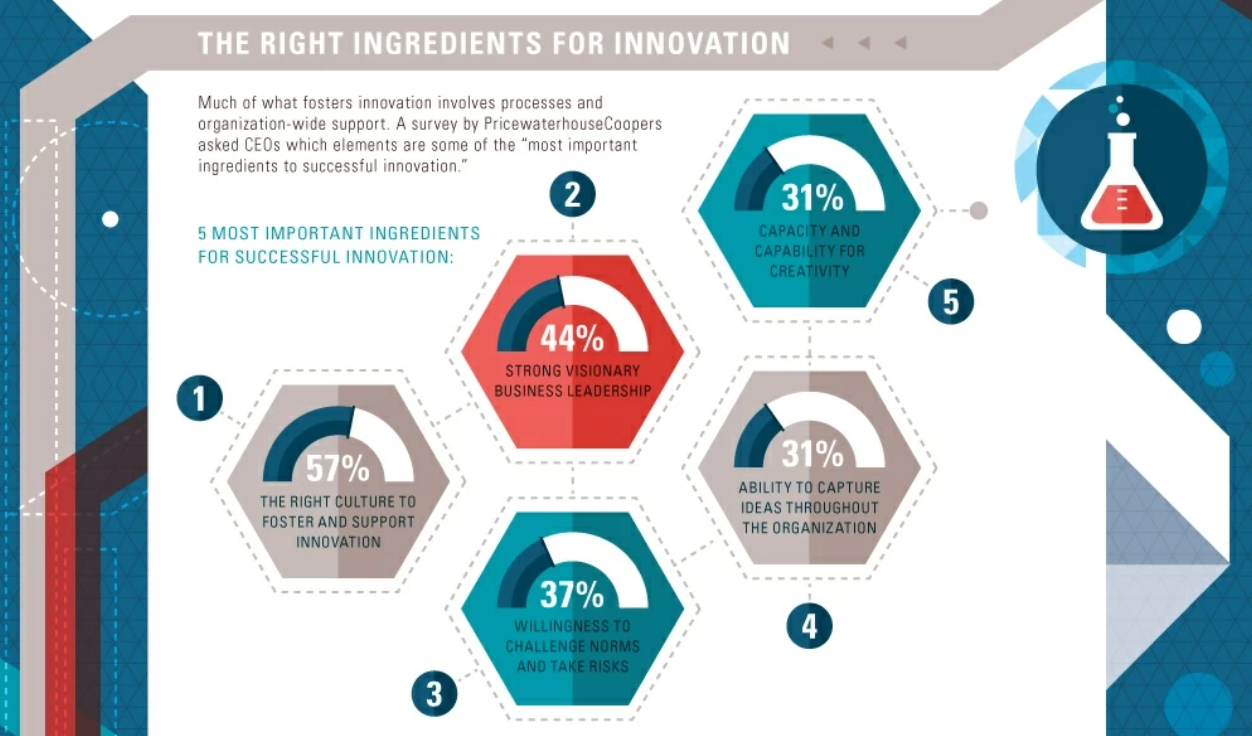
Emerging Growth Strategies for B2B SaaS in 2024
Several growth strategies promise to reign in 2024, broadening the horizons for B2B SaaS businesses. With cloud services expected to hit a record high, businesses need to gear up for unprecedented opportunities knocking at their doors, check out what we anticipate to be the top 3:
- Product-led growth: This can form one of the key pillars in this ‘to-be-anticipated’ growth framework. By placing the product at the forefront, companies can harness innate business potential and multiply manifold.
- AI and machine learning: This technology continues to disrupt markets, so leveraging them could be pivotal in devising future growth strategies.
- Platform-agnostic products: Creating SaaS solutions that seamlessly adapt across platforms can help tap into untapped market segments. Such offerings can penetrate deeper into the market, thereby fostering an environment ripe for business expansion.
Case Study: Innovative Growth Strategies in Action
Now, we’ll delve into a tangible example that reflects innovative growth strategies in practice: Dropbox.
This SaaS giant adopted an approach grounded in customer centricity and word-of-mouth marketing. Let’s focus on how they used machine learning to skyrocket their growth.
Dropbox realized the crucial role that existing customers played in driving growth. Testimonials and reviews have been proven to encourage further conversions and sales. But Dropbox took it one step further.
By offering existing customers more storage space if they referred a friend, they not only grew their customer base significantly, but they also increased customer satisfaction and loyalty. This move may not seem radical, but it turned out as a game-changer propelling them far ahead of their competitors.
While Dropbox’s journey illuminates one path to innovation, remember that each company’s pathway is unique. The key takeaway here is the importance of creativity and readiness to experiment in forming growth strategies that culminate in success.

The Role of Events in B2B SaaS GTM Strategy
- Events are pivotal to any Go-To-Market (GTM) strategy in B2B SaaS.
- Key lessons on how to leverage events for GTM success
- A case study highlighting the role of events in a successful GTM strategy.
The Importance of Events in B2B SaaS GTM
Events play a central role in the GTM strategy for B2B SaaS. They serve as excellent networking opportunities, settings for product launches, or platforms for generating much-needed visibility. Aside from fostering valuable relationships, events also enable insights into customer behavior and preferences, providing invaluable marketing intelligence.
Moreover, events revolutionize the GTM strategy, as they can be tailored to fit the specific product, target audience, and business goals. This even extends to virtual events, which have seen a surge recently, guaranteeing wider accessibility and inclusivity. Two of the main use cases of these events include:
- Events as Networking Opportunities: Events, most often, end up being the convergence point for industry pundits, potential customers, or valuable partners. Hence, they form an ideal venue for establishing strategic relationships, cementing brand presence in the industry.
- Insights into Customer Behavior: During events, intended customers assemble under a single umbrella. This congregation allows organizations a peek into customer interests, their reactions to product demonstrations, or discussions on key industry trends. Thus, they serve as fertile grounds for gathering customer intelligence.
- As a learning opportunity: Events are not just for promotion or networking. When structured well, they can act as valuable knowledge hubs, inspiring conversations on hot topics, best practices, and new approaches.
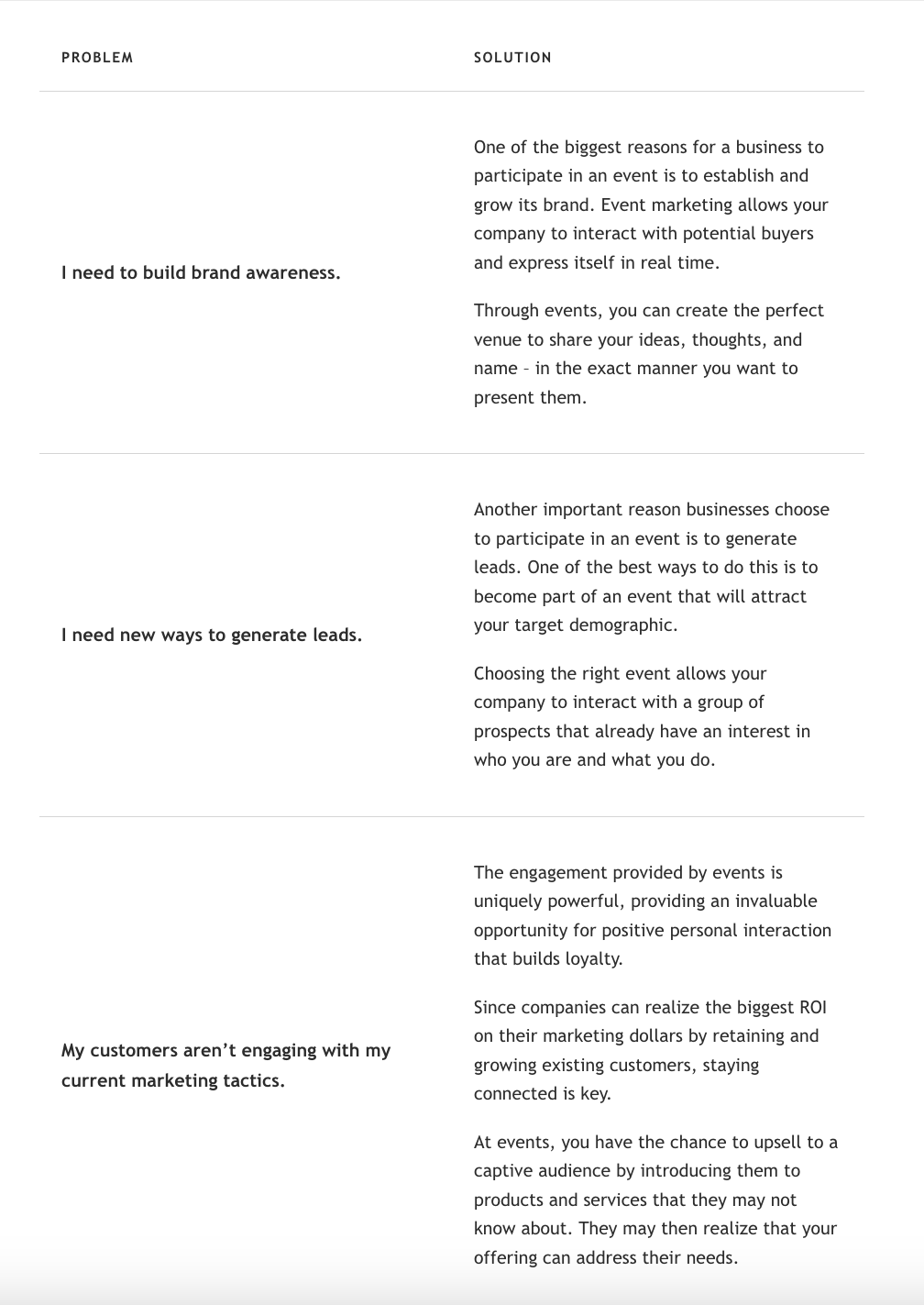
How to Leverage Events for Your GTM Strategy
Capitalizing on events for a successful GTM requires strategic planning and insightful execution. Use these three steps:
- Setting clear objectives: Having clear objectives in place before the event helps direct all activities towards them. This results in a focused and coherent approach that maximizes the event’s ROI.
- Conduct targeted outreach: From email campaigns to social media promotion, to guarantee high attendance, especially from the target group.
- Post-event follow up: Events should not be compartmentalized as standalone activities in the GTM strategy. Instead, they should act as kick-starters for ongoing dialogue and relationship development with potential customers.
Case Study: Microsoft Ignite
Consider the software giant, Microsoft. Hosting events like Microsoft Ignite has been integral to their GTM strategy for their vast array of B2B solutions.
These events cater to a target audience varying from developers to IT professionals, offering engaging sessions, noteworthy product announcements, and even hands-on labs. This comprehensive approach to leveraging events has not just amplified their brand presence but also substantiated their thought-leadership within the industry.
By transforming events into immersive experiences and beneficial learning platforms, Microsoft has effectively managed to use events as a robust pillar in their GTB strategy.

7. Lessons Learned: My Successes and Failures in B2B SaaS GTM
- Unveiling the hits and misses of the past GTM Strategies.
- Key takeaways formulated from these experiences.
- The future of GTM Strategies shaped by lessons learned.
Carrying over from our previous discussion on the pivotal role of events in B2B SaaS GTM strategy, it’s essential to examine the successes and failures we’ve encountered. It’s often said that the key to future success is embedded in past experiences, and no less applies here.
Reflecting on past GTM strategies: What worked and what didn’t
The world of B2B SaaS is often a complex puzzle filled with variables that can impact our go-to-market strategy. In previous years, certain elements proved effective while others didn’t make the cut.
A case in point is the embracement of multitouch attribution models which have consistently shown successful results by assessing various touchpoints in the purchasing process.
On the flip side, misfired personalization attempts in email campaigns led to dwindling engagement levels, underscoring the importance of striking a balance between personalization and spamming.
A flawed assumption that buyers will understand the value proposition of a SaaS product without thorough explanation resulted in under performance of a GTM strategy. This reiterated that communication clarity is paramount.
Key takeaways and lessons learned from past experiences
Each strategy we’ve executed has provided us with valuable experience, shaping the future of our GTM strategies.
- Simplicity is a winner: Consistent feedback suggests that a straightforward message trumps an over embellished one.
- Tailoring the GTM strategy to the unique needs and behavior of target customers: Generic strategies didn’t resonate, teaching us that understanding nuanced customer profiles is the cornerstone of any successful GTM strategy.
- Don’t underestimate market competition: This was a weakness found in several past strategies. It’s become evident that understanding the competitive landscape is vital.

Applying these lessons to future GTM strategies
Though on the surface, the lessons learned may seem daunting, they are invaluable for orchestrating effective GTM strategies moving forward. For example, enhanced personalization efforts may be required to combat the issue of email campaign effectiveness.
Moreover, the recognition of the importance of tailored GTM strategies motivates us to double down on our efforts to understand target customers. This means we’re investing more in buyer personae and investing more time in understanding existing customer needs.
Thirdly, there’s a stern belief that implementing more sophisticated competitor analysis measures is a viable step moving forward. This calls for strategies beyond simply understanding our competitors’ products but also their marketing strategies, pricing and customer reviews. This information is invaluable to shape a robust, competitive B2B SaaS GTM strategy.
A backward glance at our B2B SaaS GTM strategies provides us with the foundation for future success. By deeply analyzing past successes and failures, we come equipped with tools to craft more impactful, revenue-generating strategies. By continually learning, we’re continually growing. That’s the B2B SaaS GTM way.
Charting Your SaaS GTM Journey in 2024
Revising and reshaping your B2B SaaS go-to-market strategy is a continuous journey. The success of this course is powered with lessons drawn from successes and failures alike. Key principles include maintaining adaptability, focusing on customer intimacy, and leveraging data-driven decisions.
You shouldn’t feel intimidated by this course. Draw inspiration from the outlined strategy and shape it into your own means. Follow the next steps – crystallize your value proposition, identify your market, execute a proven business model and ready your team for organizational transformation.
Did any strategy or failure resonate with your current state? Do you see areas in your GTM strategy that need immediate attention?
Remember, your strategy is as strong as your weakest link. That’s your takeaway from our GTM journey. Applying these lessons to your strategy will bring a sea of transformations. And finally, remember that when it comes to your GTM strategy, the end is just another beginning.

